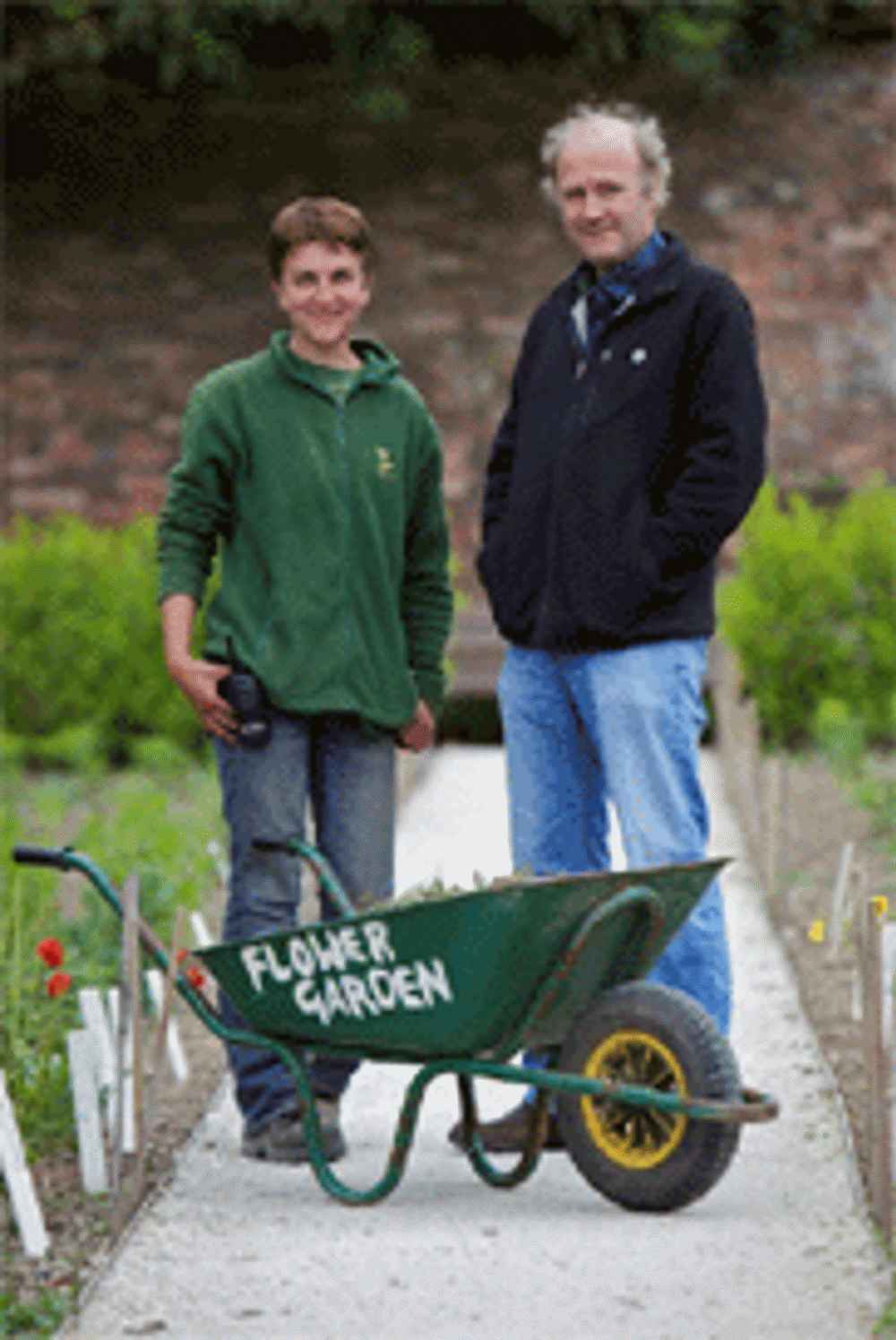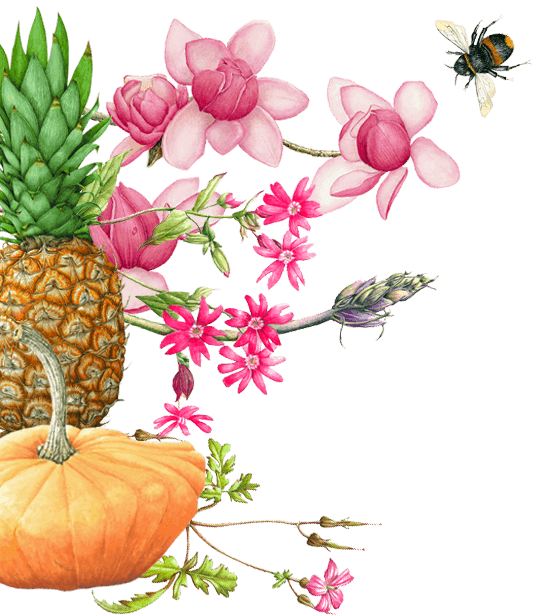Heligan; Secrets of the Lost Gardens
- 10th Apr 2012
Heligan; Secrets of the Lost Gardens
NATURAL WORLD BBC2 Thursday 12th 8pm 60 mins
We take a look behind the scenes of the award-winning restored gardens, from its enchanting history since Tim Smit (right and founder of Heligan and subsequently the Eden Project) cut away the very first bramble 21 years ago, to the wonderfully traditional and sustainable gardening techniques which enable the very best of British wildlife to flourish.
We are taken on a journey of discovery, introduced to some delightful characters with touching stories along the way including a one eyed fox and her cubs, toads having an orgy in the Italian Garden, a rare green heron who has made the Jungle his home and the badgers that clean up the tea rooms at night.
It’s winter…the gardens are lifeless, but if you know where to look wild creatures are everywhere. The common toads are spawning, which is a highly competitive affair. Toads do migrate to the same breeding pond every year and considering they may live to 50, for those who are unsuccessful this time…there’s always next year!
Pied Wagtails are beginning to nest in the Melon Yard. Pineapples need heat to grow and like pineapples the pied wagtails are known for the love of warm places. The wagtails have chosen the only working manure heated pineapple pit in the UK to bring up their young, even though it’s one of the busiest place in the whole garden.
Part of the magic of Cornwall is that spring comes early. A pair of great spotted woodpeckers are feeding their young - only two chicks this year, perhaps this common predator of nests has had his own nest raided. A grey squirrel, commonly blamed for the decline in our woodland birds, lurks and waits…has he visited before and will he be in luck today?
We follow a family of badgers on their nightly foray for food into the gardens, tea rooms and the woodlands which surround them. We also meet a family of foxes, including this year’s cub, who has much to learn, but seems far more interested in playing with his older sibling on the lawns at dusk.
The barn owls are being kept busy with three chicks this year and even though they are just a few weeks old have already eaten their own bodyweight in mice and voles!
Then one beautiful dawn tragedy strikes as the youngest fox cub is discovered dead on the lawn. He has been killed, but no one knows how…a badger, another fox, or perhaps a dog…we can only guess.
Summer is upon us and we watch as the birds begin to fledge. In the barn the mother barn owl is doing her very best to encourage her chicks out of the safety of their nest but they are reluctant to face the big wide world. We follow the woodpecker chicks on their very first venture out of their nest and watch their poor mother fretting for their safety and the wagtail chicks finally find out what that wagging tail really can do, when they attempt onto aerial acrobatics and fly catching.
Flowers were the peak of horticultural achievement in the Georgian era and now the flower garden is at its best, bustling – not only with people, it is a nectar rich heaven for all sorts of insects, including the declining bumblebee.
Some of the tiny insects here are touching down here for the first time after crossing the channel - a red admiral feeds on the Echinacea flowers and a hummingbird hawk moth from as far away as Africa. These insects in the flower garden are vital, not only pollinating the plants – making sure they will set seed for next year but also providing food for insect eating birds.
Although Autumn comes later in Cornwall, it does happen, the growing season eventually comes to an end, and so begins a new season of gathering for the birds, animals and humans alike.
All over the estate birds like black caps and song thrushes which often struggle to find food and nesting sites are making full use of the food left for them – stocking up for winter.
One wildlife secret here in the Jungle doesn’t remain so for very long. Although he is making the best of it, just like the exotic plants, the green heron doesn’t belong here. He should really be hunting the waterways of North or Central America – but has been blown hundreds of miles off course, to this Cornish peninsula and, as were the unfamiliar plants in days of old, he has become a curiosity in these parts. Unperturbed by all the attention, he has decided to stay.
Heligan, seat of the Tremayne family for more than 400 years, is one of the most intriguing estates in England. At the end of the nineteenth century its thousand acres were at their zenith, but only a few years later bramble and ivy were already drawing a green veil over this ‘Sleeping Beauty’. After decades of neglect, the devastating hurricane of 1990 should have consigned The Lost Gardens of Heligan to a footnote in history.
The estate is now a wonderful metaphor for sustainable living; in the days before food imports and supermarkets the gardens here supplied everything, both to the family at the manor house and the community of workers. Today the productive gardens are managed as they were in their Georgian prime, using the same combination of practicality and waste not want not philosophies. The same amount of gardeners follow the same seasonal rota – and all this has means that Heligan has other secrets to reveal. It is not just the plants but the humans and wildlife that thrive here.
This charming documentary is a delightful look at what is the very best of British living together in harmony.


